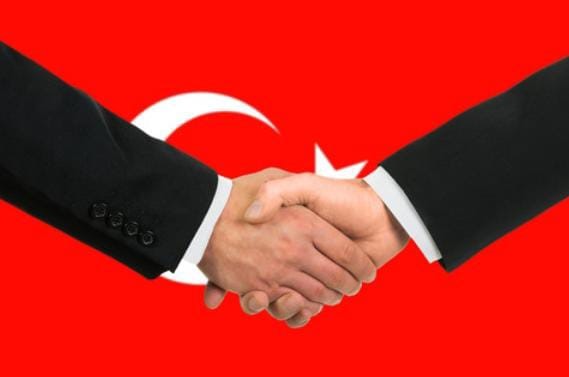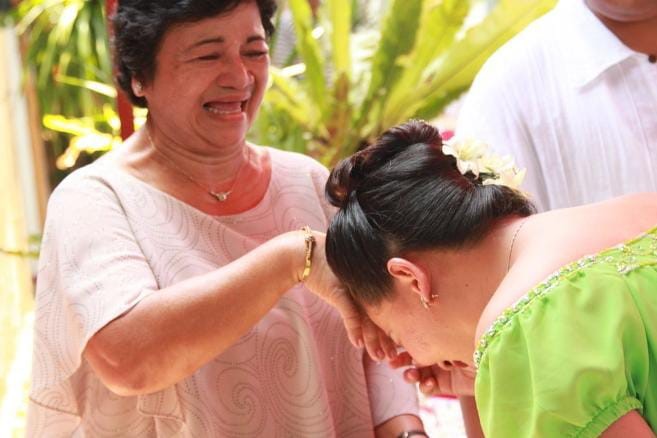North America is home to 23 countries with a population of over 579 million people and countless ethnic backgrounds.
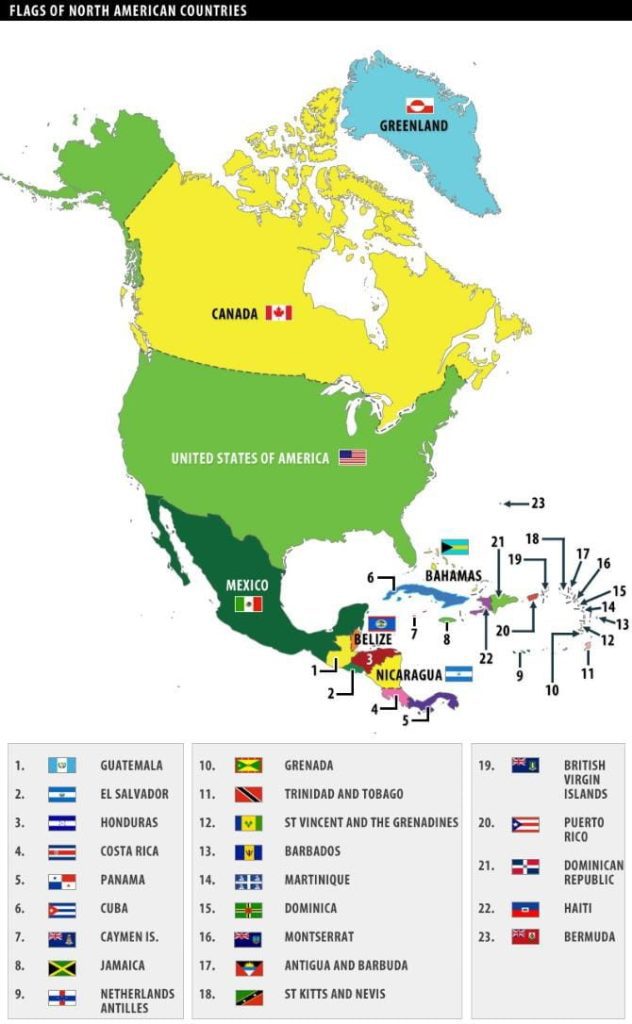
The region’s history is a complex interplay of indigenous heritage, European colonial legacies, and modern realities. Indigenous peoples, often overlooked, are the backbone of North America’s cultural heritage. Tribes such as the Navajo, Hopi, Mohawk, and countless others have maintained their traditions for millennia. European colonization brought a blend of cultures and languages, and the African diaspora brought another layer of diversity through forced migration.
Today, North America is a melting pot of cultures, from the descendants of early settlers to the recent waves of immigrants. In this article, we embark on a journey to explore the fascinating world of North American greetings and their role in celebrating and preserving cultural diversity.
.
The Diversity of Greetings in North America
North America, known for its cultural diversity, showcases many changed greetings. From the melting pot of the United States to the bilingual traditions of Canada and the warm hospitality of Mexico, greetings in North America embrace various cultural influences.
Let’s look at North America’s fascinating world of greetings and explore the unique customs and practices that make them diverse.
Indigenous Americans
The original inhabitants of North America had various ways in which they greeted each other, deeply rooted in their diverse cultures, languages, and traditions. These greetings were not merely casual gestures but carried profound significance in their communities.
Among many Indigenous tribes, greetings often involved gestures that conveyed respect and acknowledgment. A common practice was to raise the right hand, palm open, as a symbol of peaceful intent when encountering someone. Eye contact was essential, signifying sincerity and trust. Verbal greetings varied, reflecting the linguistic diversity among Indigenous communities. Some used words like “Aho” or “Yakoke” to express thanks and affirmation, while others used phrases specific to their languages.
For some indigenous American tribes, like the Lakota, avoiding physical touch showed respect.
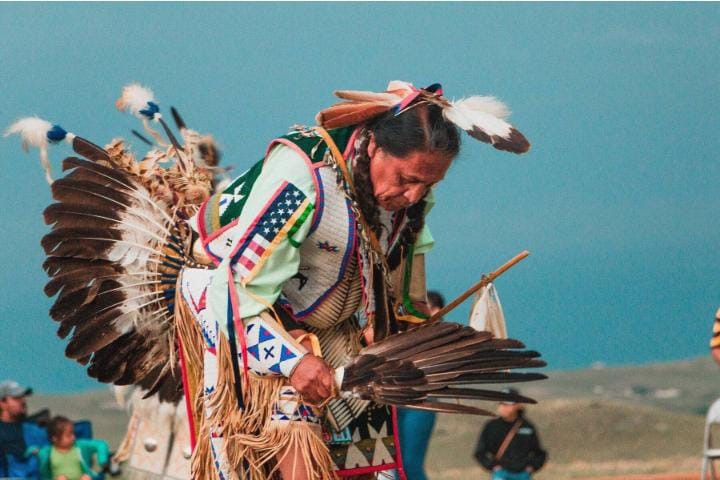
The manner of greeting could also differ based on the relationship between individuals. Elders were greeted with the utmost respect, often accompanied by gestures like a bow or offering a small gift. These greetings fostered a sense of unity, community, and mutual understanding within Indigenous societies.
United States
The United States, often called a melting pot, has a diversified greeting culture. Greetings can vary from the formal handshake in professional settings to the casual “hi” or “hello” among friends. With waves of immigration, greetings in the U.S. have evolved, integrating practices from different cultures.
For example, in cities with a significant Hispanic population, such as Los Angeles or Miami, it is common to greet someone with a friendly “¡Hola!” or “¡Buenos días!” In areas with a large Asian community, like San Francisco or New York City, greetings may include a slight bow or a nod as a sign of respect.
Furthermore, Native American tribes nationwide have unique greetings, often involving gestures or specific phrases reflecting their cultural heritage. These diverse influences contribute to the rich culture of greetings in the United States.

Canada
Canada is a country with French and English influences. Their greetings reflect this unique blend of traditions. Handshakes and verbal greetings are prevalent, but Canadians also incorporate cultural practices such as the French “bise” or cheek kiss in Quebec. This blending of customs enriches the Canadian greeting culture.
Moreover, Canada’s multiculturalism is celebrated through greetings that embrace the traditions of various immigrant communities. In cities like Toronto and Vancouver, where multiculturalism thrives, greetings may include a respectful nod or a warm smile to acknowledge the diverse backgrounds of the people living there.
It is also worth noting that Canada’s indigenous communities have distinct greetings, often involving sharing stories and exchanging traditional greetings in their native languages. These greetings serve as a reminder of the deep connection between the land and the indigenous peoples of Canada.
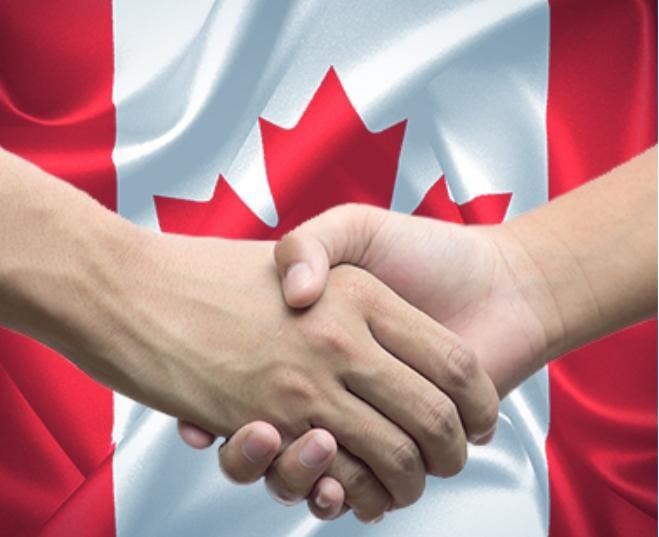
Mexico
In Mexico, greetings are characterized by warmth and hospitality. A common greeting is the “abrazo,” a hug that symbolizes the close bonds within families and communities. Handshakes and kisses on the cheek are also customary, reflecting the welcoming spirit of Mexican culture.
Furthermore, Mexico’s vibrant cultural heritage is evident in its greetings. For instance, in some regions, people greet each other with a traditional dance or a musical performance, showcasing the country’s rich artistic traditions.
In indigenous communities, greetings often involve the exchange of handmade crafts or traditional foods, symbolizing the importance of sharing and community in their way of life.
It is important to note that greetings in Mexico vary across different regions and social contexts, highlighting the country’s diverse cultural landscape.
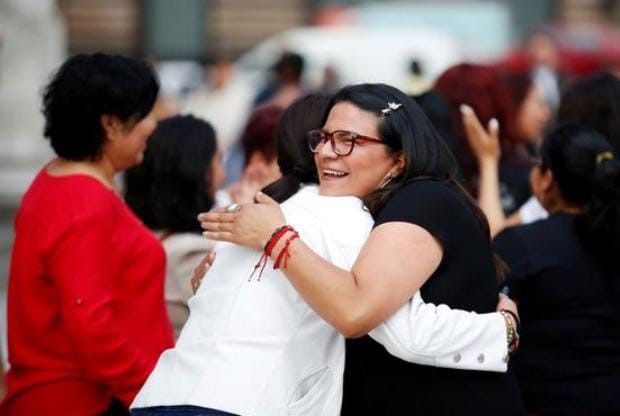
The Impact of Greetings on Interpersonal Relationships
Greetings serve as social rituals and play a significant role in building interpersonal relationships. They can convey respect, establish rapport, and foster connections among individuals, contributing to harmonious social dynamics.
The Function of Greetings in Social Etiquette
In many cultures, greetings are an integral part of social etiquette. They set the tone for interactions, reflecting respect and demonstrating cultural awareness. Understanding and utilizing appropriate greetings can help individuals navigate social situations effectively.
Greetings as a Tool for Building Rapport
Greetings act as a bridge connecting individuals, offering an opportunity to establish rapport. They create a sense of familiarity and openness, facilitating future interactions. By employing appropriate greetings, individuals can enhance communication and strengthen relationships with others.
The Evolution of Greetings in North America
North American greetings have evolved, influenced by historical events and societal changes. Exploring the historical context of greetings in North America reveals the dynamic nature of cultural practices and offers insights into the region’s cultural development.
Historical Influences on North American Greetings
Historical events have shaped the way greetings are performed in North America. From the influence of indigenous cultures to the impacts of European colonization and the African diaspora, these historical legacies have left a lasting imprint on the greeting customs of the region.
The Future of Greetings in a Diverse North America
As North America becomes increasingly diverse and interconnected, greetings will continue to adapt and transform. Globalization and technological advancements will shape the future of greetings, leading to challenges and opportunities in maintaining cultural traditions and fostering intercultural understanding.
The Effect of Globalization on Greetings
Globalization has brought people from different cultures closer, influencing the norms and customs surrounding greetings. As cultures interact and merge, greetings may become more standardized or adopt new practices from various parts of the world, contributing to North America’s more cosmopolitan greeting culture.
The Role of Technology in Shaping Future Greetings
Technology will play a pivotal role in the future of greetings. Virtual platforms, video calls, and text messaging have already introduced new ways of connecting and greeting one another. While these technological advancements offer convenience, they also raise questions about preserving traditional greeting customs and potentially losing personal interactions.
The Impact of Technology on North American Greetings
In North America’s vast and culturally diverse landscape, technology has ushered in a new communication era, significantly affecting how people greet each other. Virtual greetings, facilitated by smartphones, social media, and video conferencing platforms, have become increasingly prevalent in this digital age. While technology offers several positive aspects for cross-cultural interactions, it also presents some challenges worth exploring.
Positives of Virtual Greetings: Expanding Cultural Understanding
One of the most significant positives of virtual greetings in North America is their potential to expand cultural understanding. Individuals from diverse backgrounds can easily connect and exchange greetings in real-time through video calls, social media, and messaging apps. This fosters cross-cultural friendships, promotes tolerance, and allows people to learn about customs and traditions from around the continent. Virtual greetings can facilitate discussions about cultural diversity, helping to break down stereotypes and promote appreciation for different ways of greeting and interacting.
Moreover, virtual greetings are especially beneficial for maintaining connections across vast distances in North America. Whether it’s families separated by state lines, friends in different cities, or colleagues working remotely, technology allows people to greet and stay easily connected.
Negatives of Virtual Greetings: Challenges to Authenticity and Depth
However, there are challenges associated with virtual greetings that can hinder cultural understanding. The absence of physical presence in virtual interactions can make greetings less personal and authentic. Facial expressions, body language, and the tactile elements of traditional greetings may be lost in the digital realm, leading to a potential superficiality in cross-cultural exchanges.
Furthermore, the convenience of virtual greetings might inadvertently discourage face-to-face interactions, reducing the opportunities for deepening cultural understanding through immersive experiences. While technology connects people across borders, it also has the paradoxical effect of isolating individuals from their immediate surroundings.
Conclusion
Exploring the greetings of North America reveals the intricate web of cultural diversity and how greetings contribute to this tapestry. From understanding the significance of greetings in different cultures to examining their impact on interpersonal relationships and their evolution over time, greetings serve as powerful symbols of cultural identity and bridges between individuals. As North America continues to evolve, the future of greetings will undoubtedly be shaped by globalization and technology, presenting challenges and opportunities in fostering intercultural understanding and preserving cultural traditions.



